OPEN ASSEMBLY
Experiments in Aesthetics and Politics









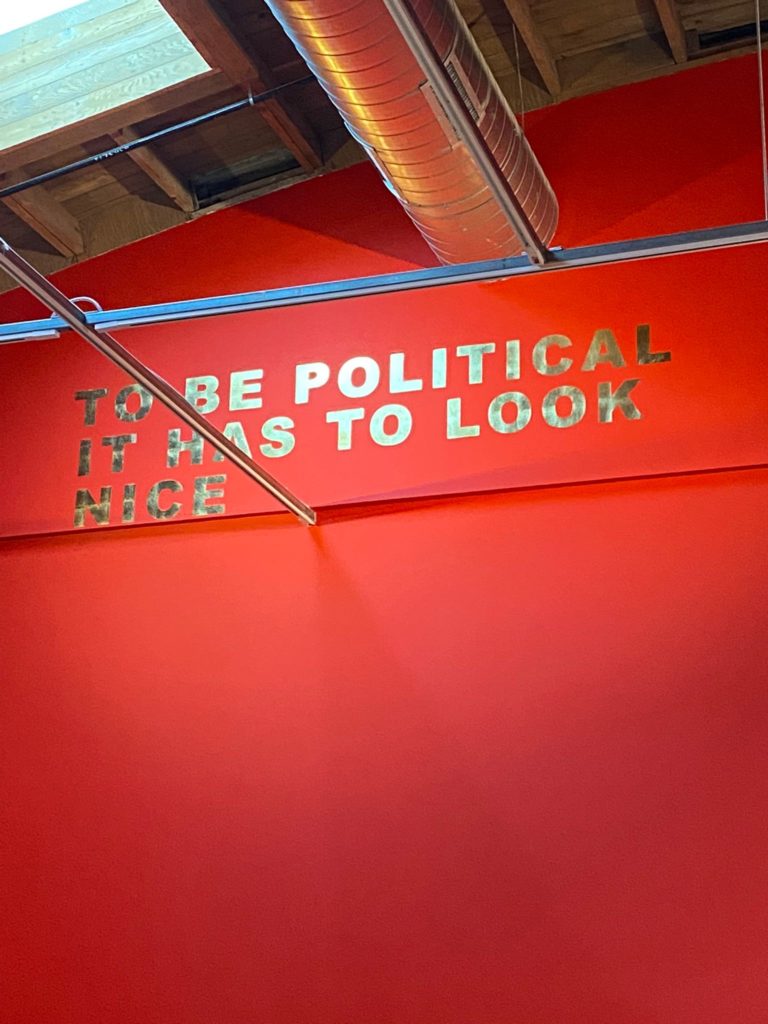





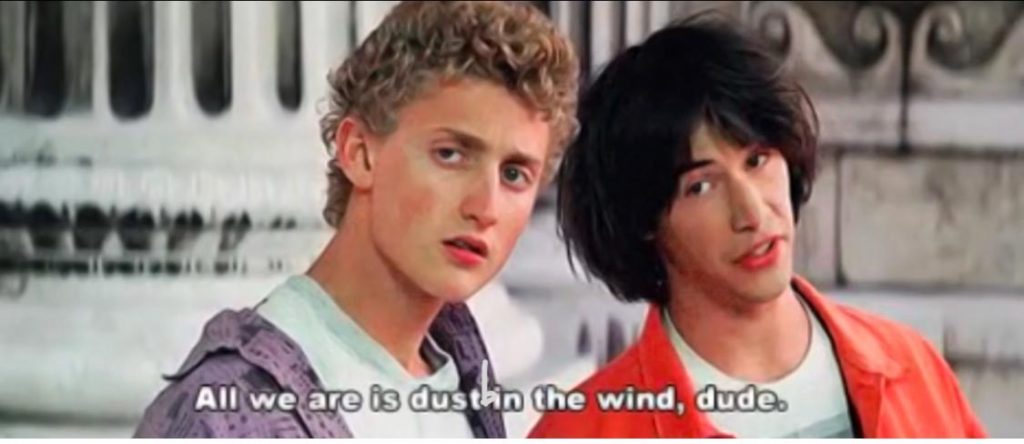





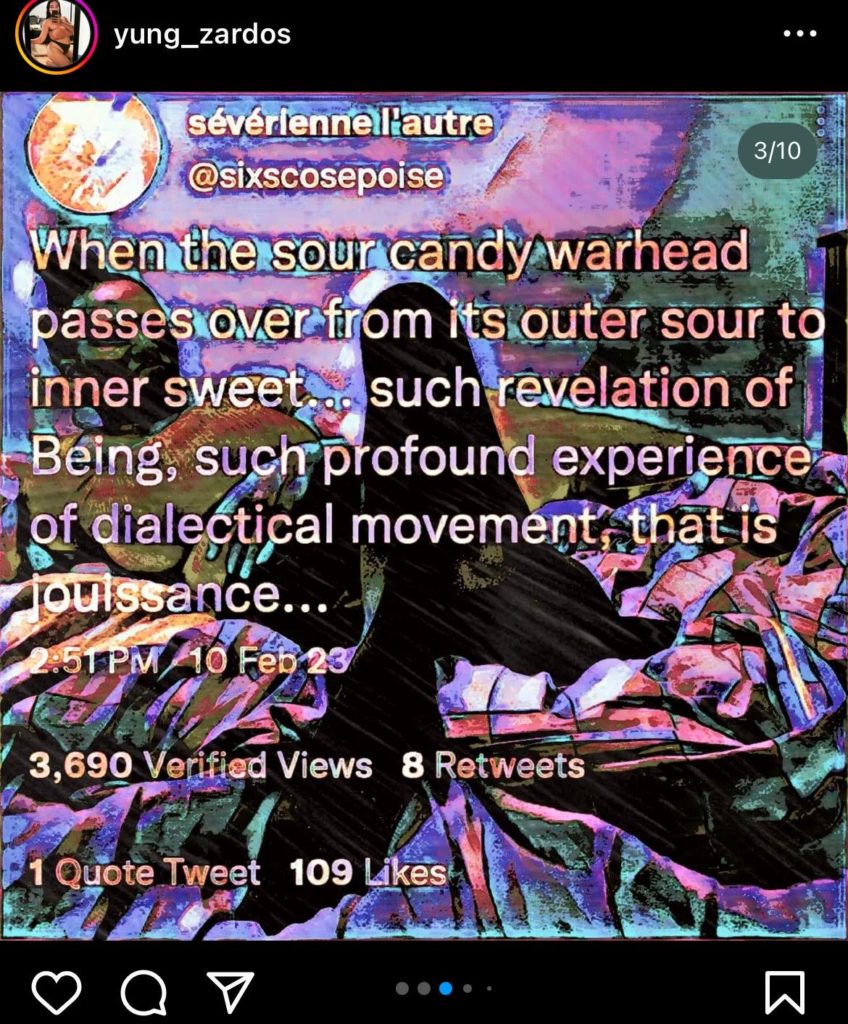
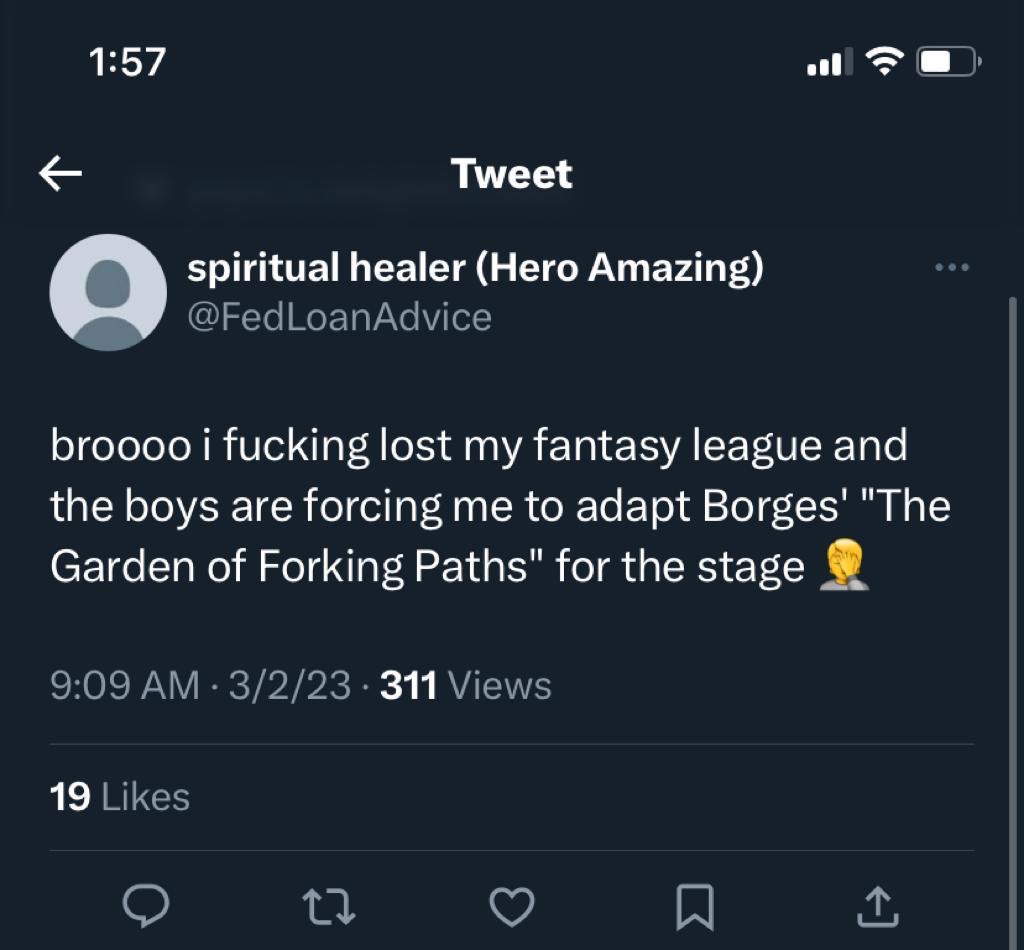

[ pending ]
[ pending ]
[ pending ]
[ pending ]
[ pending ]
[ pending ]
[ pending ]
[ pending ]
[ pending ]
[ pending ]
[ pending ]
On November 16th, 2018, Aimee Bahng, assistant professor of Gender and Women’s Studies at Pomona College delivered a public lecture at the West Hollywood Public Library as part of the WHAP series provided by the Aesthetics & Politics department at California Institute of the Arts. The public lecture was entitled “Toward a Transpacific Undercommons.”
In “The Cruel Optimism of the Asian Century,” a chapter from her Migrant Futures: Decolonizing Speculation in Financial Times, Aimee Bahng describes a 2007 Philips advertisement for a wet shave system called “Robot Skin.” The ad includes a viscerally disturbing imagery: a geisha-robot inserts the shave system into her wrist (her body has to take in something external in order to fulfill the fantasy), and joins a white man in a waterfall-like robotic shower (the cinematography emphasizing the wetness of the metallic flesh). It is porn in advertisement form. The ad has very little to do with the actual fact of shaving, and mostly features the suggestive interaction between the two bodies (the actual moment of shaving is encapsulated by a moment of brief touch, which takes one second in the video.) The selling point of the video is the fetishization of the geisha-robot, who fulfills the fantasy of the white man through seamless, emotion-less servitude. Watching the video, a question arose in my head: if this is an advertisement for a shaving product, why is there no actual shaving involved?
This reminds me of one of Merleau-Ponty’s arguments in the Phenomenology of Perception, that empiricism makes the cultural world an illusion by ignoring the internal connection between the object and the act. Further, for critics such as Mary Rose Barral, ”if we attempt to localize and sectionalize the various activities which manifest themselves at the bodily level, we lose the signification of the action itself” (94) – hence the unclear nature of where exactly in the body does the shaving occur – the robot merely swipes her hand across the man’s cheek. But where does the need to make the cultural world an illusion originate?
For Bahng, the elusive nature of the cultural world is born out of what she calls “The Cruel Optimism of the Asian Century.“ There, Asian Futurity is analyzed as a discursive site that represents capitalist potentiality as a form of speculative fiction – an optimistic narrative that is “predicted but not yet contracted to sell” (120). This narrative follows the model of literary theorist Lauren Berlant’s Cruel Optimism, in which the future always shapes the present while completely disregarding it’s actual relevance.
The image of the geisha-robot is born out of a rationalist logic that allows for a subject-object distinction (we are here, and the robot is out there), justifying the possibility of an objective experience, a Descartian mind-body dualism. While traditionally, in the act of shaving, the body occupies the position of both perceiving object and subject of perception, this fluidity here is displaced – instead of a human hand, the second object/subject position is occupied by the robot, allowing for a seamless receptivity of the Merleau-Pontean touch. Ignoring the actual situation and consequently the contingent nature of thought, it makes the world the immanent property – the encounter and the act of shaving – the scene places the agency onto the reflecting mind of the shower man.
In the same chapter, Bahng brings up David Morley and Kevin Robins’s term “Techno-Orientalism,” which describes the shifting place Japan holds in the U.S. and European imaginaries, from an “exotic playground” in the 1980s to “a land of emotionless automatons” by the mid ‘90s (124). With that, in Asian Futurity, it is not only that the labor that would go into such fantastical constructions is concealed, but also that there would be not purpose for these constructions as a product. Much like the buildings, planned to be built, but not contracted to sell, the speculative fiction of the Asian Century defines the daily life of a working class without having any actual grounding in the actual working class that already exists. The always- speculative logic of the Asian futurity, much like Lee Edelman’s thoughts on the role of the child in cultural fictions, carries within it the very hierarchies it works to reproduce while simultaneously striving to wish them away. The present that such futurity prescribes for Asia is one that omits matters of geographic or cultural importance, as “the economy” and not the people “become the protagonist”(123).

Image: Xander Zhou’s ‘Techno-Orientalism’- MENSWEAR – AUTUMN 2018
Bahng calls us to disturb the idea of a frictionless encounter with the future, disrupting insecurities around the ungroomed human body that “Robot Skin” promises to solve, and emphasizing the peculiar discrepancies between the notions of ‘Asia’ and ‘Futurity’, and how those play along with the human ‘skin.’ She points to the blurry boundaries between the notions of the inside and the outside of the touch as being a consequence of a precarious state of life, positioning her argument against the optimism of the ‘Asian century’. The text mentions that the unclear boundaries between inside and the outside of the Asian region are a consequence of its precarity, read through the Asian Develoment Bank (ADB) and its policies. Calling for a return to the ‘creative receptivity’ between the two bodies, she argues for a politics of care. She ends the chapter by calling attention to kinship amidst conditions of precarity and the importance of cultivating tender ties, all of which work to “restore texture to Asian futurity when techno-orientalist works to smooth over the vicissitudes of neoliberalism”(145).
Despite this complication of discrete insides and outsides (“a sign of centuries of U.S. and European imperialism in Asia,” [123]), Bahng notes the contradictory theme of self-determination that comes from the ADB’s rhetoric of rugged individualism as represented by its advertisements and promotions. Asia’s future is both universal and self-determined, placing the responsibility on the individual to fight poverty using the opportunities provided by the bank. Bahng characterizes this contradictory character as a product of flexible citizenship, the opportunity for a global individual to claims benefits and entitlements from increasingly disputed borders, “even at the expense of territorialized citizens.”(124)
The thing is, shaving is a complicated act. First, one must use a sharp blade so to cut the individual hairs more productively and avoid useless scabbing of the skin. Before shaving, it’s important to pick out a shaving balm or foam: preferably fragrance-free, because fragrance works over time to sensitize the organ, making it more irritable and receptive to bacteria, which can potentially cause further irritation or breakouts in the future. Next, put the gentle foam on your face, and start shaving the skin – with the grain to avoid friction. After you are done, wash off the foam with cold water to close the pore, preventing any dirt from getting into it. For an aftershave, it is important to use a leave-on exfoliant: a BHA [beta-hydroxy acid] usually works best (the most popular form of it is salicylic). Make sure to use a leave-on solution and not a cleanser or toner, because, in order to properly enter into the pore, the acid must be left on skin for a continuous period of time. Don’t use any scrubs or brushes on the face: it will disturb your skin’s natural barrier that works to balance out its PH levels (you don’t want to irritate it any further – you already exfoliate your face with shaving around every other day.) As a final step, use a non-comedogenic moisturizer, one that won’t clog the pores but has skin-renewing and skin-protecting ingredients, such as ceramics and antioxidants. Avoid fragrance and irritating alcohols. Use a moisturizer with a broad-spectrum SPF [sun protection factor] of at least 30 in the daytime to protect against sun-exposure, the leading cause of wrinkles, dark spots, skin irritation and cancer.

Image: JuzToday.com
There is something embarrassing about a body that grows unwanted hair. This embarrassment belongs to the family of many other ’embarrassments’ – policing affective tools used to discipline bodies – most commonly referred to as ‘anxiety’. In order to conceal this policing element, the shaving act must always be brief yet extremely prolific, it’s fruitfulness being the opposite of growth. Shaving must be quick and smooth because nobody wants to recognize it as an act. Its function is a reversion of bodily processes, a step backwards in action and in the conceptualization of that action, while also involving a sort of pessimistic grounding in the present material circumstances – the lack of the lack, so to speak, of hair.
The presence – or the absence – of hair is usually a manifestation of a specific aesthetic, religious, or political, choice. If one does not want to shave some part of their bodily growth, it is usually because that growth is a part of the person’s identity. The action of hair-growth, in other words, in a way situates the person within a specific cultural framework (for example, one might skip shaving a beard to appear more mature, skip shaving legs to appear more feminine, etc.) By reversing that action and adding to the non-action a level of invisibility – a frictionless encounter of the blade – erases the trace of a phenomenological encounter between the body and culture, the body and the future. We can compare the action of hair growth to a reproductive force: with each growth, a representation is embodied.

Image:“When and How to Teach Your Son to Shave – Modern Day Rituals of Manhood”
Even if facial hair growth is made wanted based on a personal choice, by default the growth is always unwanted – making its opposition, a want of such, a ‘radical’ choice (that’s why beards are ‘cool’). That speaks to the human aesthetic as viewing the choice of having hair – and dealing with it – as being outside of its conception of what a human should be. Hair is dirt, it is by default unwanted, yet always growing, always present, and always – somehow – managed. Like gender.
Similarly, the “upskill” of a professional, technologically sound, and economically successful body politic requires a population that is easily managed. To this Bahng points in her discussion of the state’s reproductive policies (in regards to actual, not Edelman’s metaphorical, children) through which “the neoliberal fantasies bumping up against its nationalist imaginary [are] sustained by a ….consolidated ‘core’,” producing a tension between “Singapore’s hopes and aspirations” and the desire to “keep Singapore a good home”(129).
The home, as a national identity, and the future, similarly to the personal decision behind shaving, in Bahng’s text are phenomenological compasses – constructions whose purpose is to organize bodies in a specific way. For the state, it is important to both follow a globalized idea of the technologically sound Asian future and to preserve the idea of a national identity as a home – it is both important to shave hair and understand why you are doing it, and what are the processes you are smoothing over during the act. Pointing to the contradiction between the two, Bahng emphasizes the precarious reality that is put in place as result of this logic.
If ‘home’ is one of the mechanisms for orienting subjects towards a certain political sensibility, the definition of what home looks like is always working together with other narratives – such as those of the neoliberal fantasies of the elite. Policies such as the White Paper, end up having an immediate effect on how one goes about living their daily life – how much they get paid, what type of job they get, how late are they for dinner, how upset they are by not making it home in time for dinner – coloring their experience of home and work. This is what a national project about global reordering looks like.
I value Bahng’s proposition to come up with a reparative politics, and a care-ful attunement to disturbances, the ‘chafed skin’, so to say, that the cruel optimism of the Asian Century attempts to smooth over. There is a difference between being a hairless goddess (or god, in this ad’s case), and a cyborg, the former being a figure that conceals its real function as a product of various policing mechanisms, and latter being critical and attuned to hierarchies.
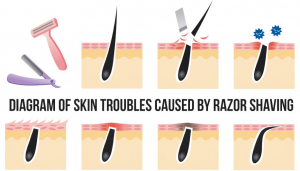
Image source: Male Sense Pro
Luiza Arefyeva is a graduate student in the Aesthetics & Politics program at CalArts.